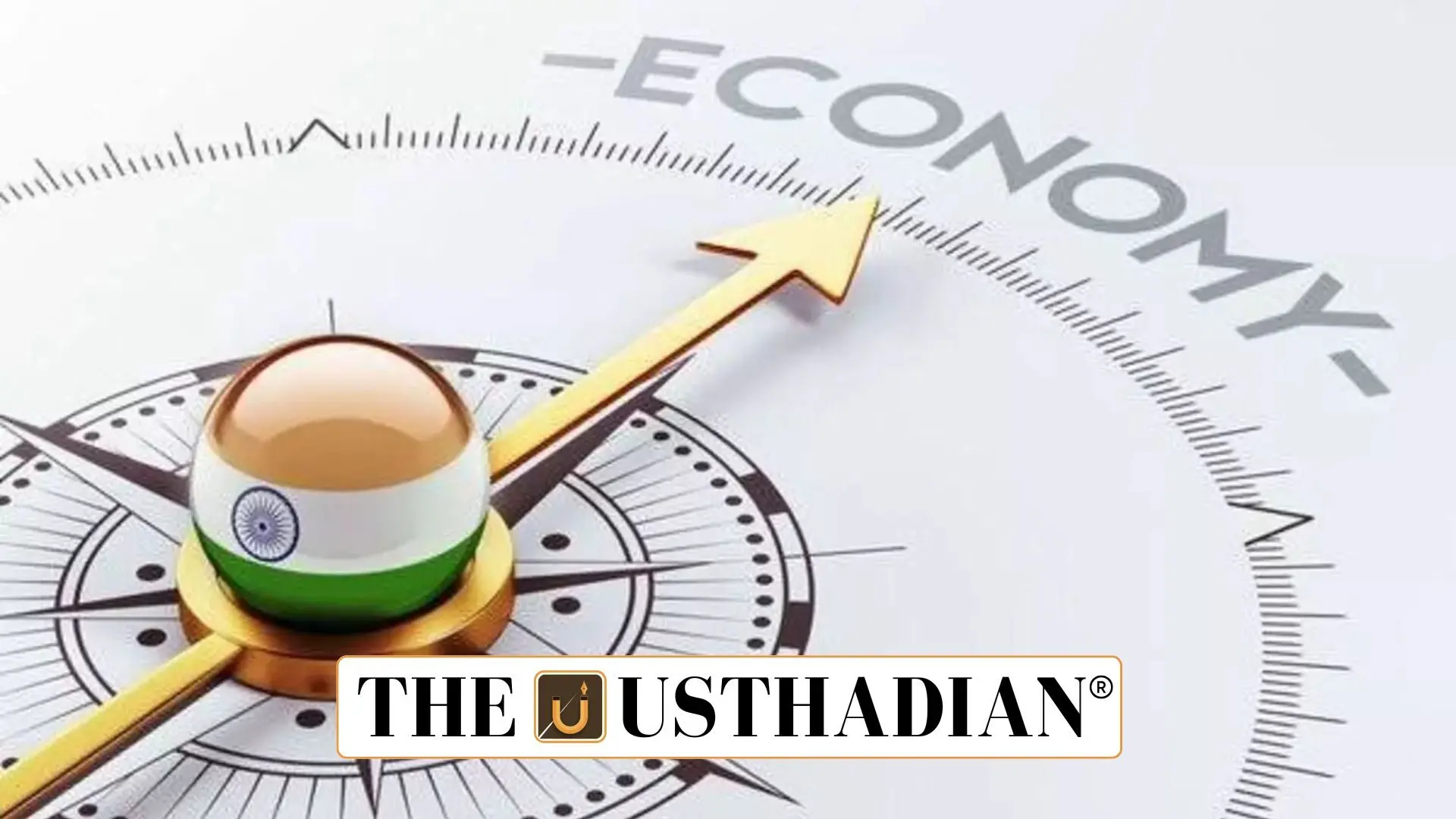A big leap for the Indian economy
India Becomes World’s Fourth Largest Economy by Surpassing Japan: India has officially overtaken Japan to become the fourth-largest economy in the world, with its nominal GDP crossing $4 trillion. This shift places India just behind the United States, China, and Germany, highlighting its growing economic influence and consistent development efforts in recent years.
Official confirmation by NITI Aayog
The news came into the spotlight when BVR Subrahmanyam, the CEO of NITI Aayog, made the announcement during the 10th Governing Council Meeting. He referred to the latest findings from the International Monetary Fund (IMF), which confirmed India’s new rank. The council’s session was focused on “Viksit Rajya for Viksit Bharat 2047,” an initiative that maps India’s journey to becoming a developed nation by its 100th year of independence.
What the numbers say?
As per the IMF’s April 2025 World Economic Outlook, India’s GDP is estimated at USD 4.187 trillion, slightly above Japan’s USD 4.186 trillion. While the difference may appear narrow, it marks a historic shift in global economic standings. This update moves India from fifth to fourth place in the global rankings.
Strong growth forecast ahead
India’s economic story doesn’t stop here. The IMF projects India’s economy to grow by 6.2% in 2025 and 6.3% in 2026. These rates are well above the global averages and reflect the nation’s steady pace despite global slowdowns. With such consistent momentum, India continues to play a central role in global economic progress.
Eyes on the third spot
According to Subrahmanyam, if the current pace is maintained, India could surpass Germany in the next two to three years and secure the third spot globally. This would be a major milestone, as India would then rank just behind the two largest economies—the US and China. This projection is based on ongoing reforms, infrastructure growth, and stable governance.
Viksit Bharat 2047 on track
This achievement fits perfectly into the broader vision of Viksit Bharat @2047—a national strategy to turn India into a fully developed economy by 2047. The plan encourages both the central and state governments to push for sustainable development, innovation, and inclusive progress.
Static GK Fact: India introduced economic liberalisation in 1991, which laid the foundation for long-term growth. It is also a key member of international groups like G20, WTO, and BRICS. The shift from the Planning Commission to NITI Aayog in 2015 was a turning point in how India approaches development and reform.
Static Usthadian Current Affairs Table
| Key Point | Details |
| India’s Global GDP Rank | 4th |
| Country Surpassed | Japan |
| India’s Nominal GDP | USD 4.187 trillion |
| Japan’s Nominal GDP | USD 4.186 trillion |
| IMF Growth Forecast (2025) | 6.2% |
| IMF Growth Forecast (2026) | 6.3% |
| Global Growth Average (2025) | 2.8% |
| Vision Initiative | Viksit Bharat @2047 |
| Announced By | BVR Subrahmanyam, NITI Aayog CEO |
| Report Source | IMF World Economic Outlook, April 2025 |








